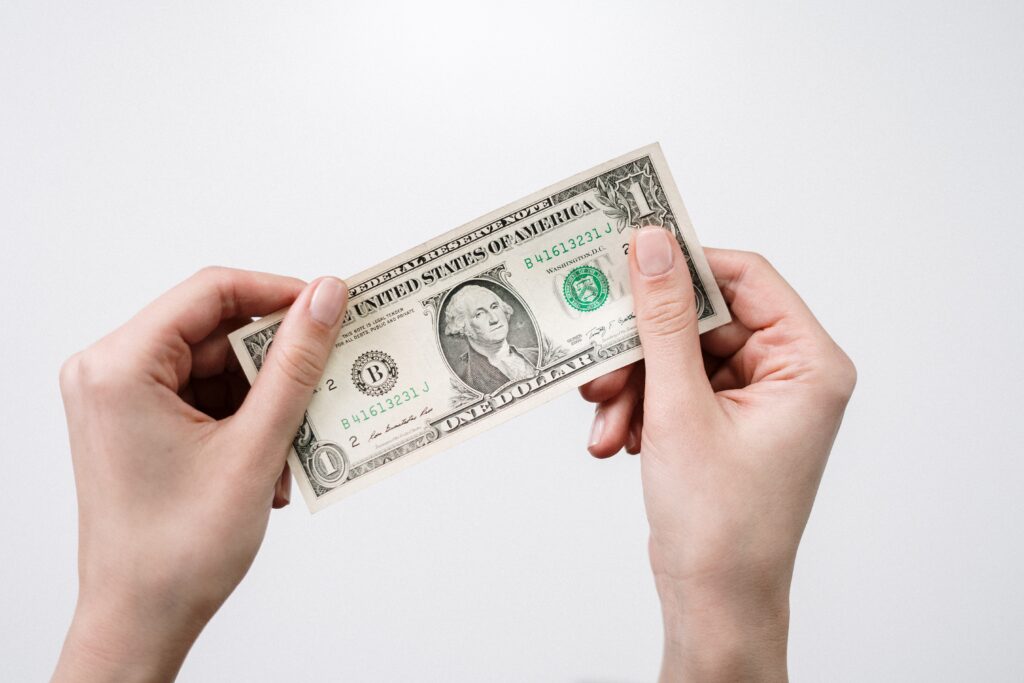The value of the dollar is one of the most closely watched economic indicators, as it has a significant impact on the global economy. One factor that can impact the value of the dollar is the level of interest rates, which affect the flow of money in and out of the country. In this blog post, we will explore the impact of rising interest rates on the value of the dollar.
When interest rates rise, it becomes more expensive to borrow money, which can slow down economic growth. However, higher interest rates can also make a currency more attractive to investors, as it offers a higher return on investment. This increased demand for the currency can drive up its value relative to other currencies.
In the case of the US dollar, rising interest rates can lead to an increase in demand for US Treasury bonds, as investors seek out the higher returns they offer. This increased demand for US bonds can drive up the value of the dollar, as investors need to purchase dollars in order to invest in these bonds.
On the other hand, if interest rates are rising in other countries while remaining stable in the US, investors may choose to invest in those other countries instead. This can lead to a decrease in demand for US bonds and a corresponding decrease in the value of the dollar.
Another factor that can impact the relationship between interest rates and the value of the dollar is inflation. When interest rates rise, it can help to keep inflation in check by slowing down economic growth and reducing the money supply. This can lead to a more stable economic environment and a more valuable currency.
However, if inflation is already high or rising rapidly, higher interest rates may not be enough to control it. In this case, investors may start to lose confidence in the currency and demand higher returns to compensate for the risk of inflation. This can lead to a decrease in the value of the currency, even if interest rates are rising.
The impact of rising interest rates on the value of the dollar can also vary depending on the overall state of the economy. In a strong economy with low unemployment and high levels of growth, rising interest rates may not have a significant impact on the value of the dollar, as investors remain confident in the stability of the currency.
On the other hand, in a weaker economy with high levels of unemployment and low growth, rising interest rates may lead to a decrease in demand for the currency, as investors become more risk-averse and seek out safer investments. This can lead to a decrease in the value of the dollar.
In conclusion, the relationship between interest rates and the value of the dollar is a complex one that is influenced by a range of economic factors. While rising interest rates can lead to an increase in the value of the dollar, other factors such as inflation and the overall state of the economy can also play a significant role. As always, investors and policymakers should closely monitor these factors to understand how they may impact the value of the dollar and make informed decisions accordingly.








